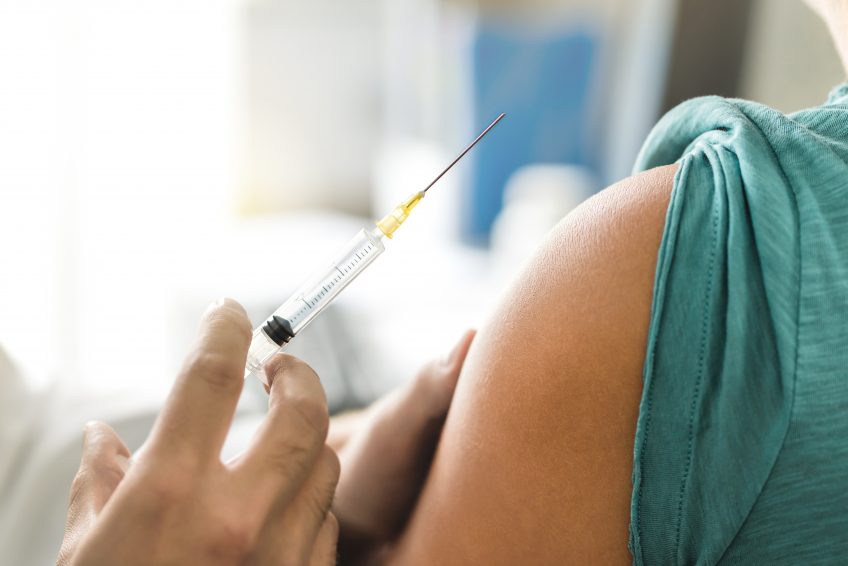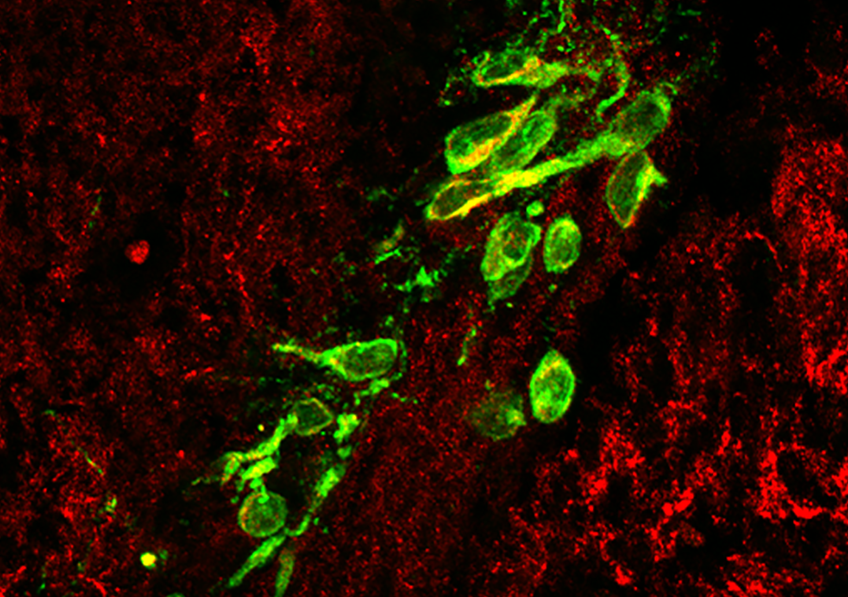
Vaccination © Adobe Stock
The ANRS DOXYVAC trial, conducted by a research team from the Paris public hospitals group (AP-HP), Université Paris Cité, Inserm and Sorbonne Université in collaboration with AIDES and Coalition PLUS, demonstrates the efficacy of both a meningococcal B vaccine in reducing the risk of gonorrhea infection and the use of doxycycline as preventive intervention for sexually transmitted infections when taken within 72h after sexual intercourse. In the wake of these results and taking into account the recommendations of the data and safety monitoring board, the scientific leaders and sponsor have decided to discontinue the trial and recommend the provision of both interventions to all its participants. This study is sponsored and funded by ANRS | Emerging Infectious Diseases in partnership with Roche[1].
According to World Health Organization (WHO) estimates, over 374 million people each year are diagnosed with a sexually transmitted infection (STI), which includes bacterial infections such as syphilis, chlamydia and gonorrhea. These bacterial infections particularly affect young people, men who have sex with men (MSM), and ethnic minorities. They are responsible for impaired quality of life and can cause serious side effects during pregnancy with congenital syphilis, risks of infertility in women and globally increase the risk of HIV infection.
In recent years, an increase in these STIs has been observed in France, particularly among MSM, making them a major public health problem for which new means of prevention must be developed.
Over the past few years, several research teams worldwide have been studying the efficacy of antibiotics used as prophylaxis in reducing the risk of STIs. This concept of post-exposure prophylaxis was first evaluated in the ANRS IPERGAY trial, which demonstrated that doxycycline, when used within 72h after sexual intercourse, led to an approximately 70% reduction in the risk of infection with chlamydia and syphilis.
In parallel, a certain number of epidemiological studies have reported in recent years that people receiving the Bexsero® meningococcal B[2] vaccine may have a reduced risk of gonorrhea infection by around 30%[3].
ANRS DOXYVAC differs from the other trials by the evaluation in a prospective, randomized trial of the combination of post-exposure prophylaxis with doxycycline and vaccination with Bexsero®. This study has been conducted since January 2021 in MSM, highly exposed to the risk of STIs and having presented at least one STI in the year prior to their participation in it. These men also participate in the ANRS PREVENIR cohort for the prevention of HIV infection whose results have recently been reported in The Lancet HIV and which showed that taking PrEP on demand was as effective and safe as its daily administration in preventing HIV infection.
ANRS DOXYVAC therefore forms part of a global, combined prevention framework in association with other risk reduction measures (repeated HIV and STI screening, hepatitis A and B vaccinations, distribution of condoms and gel) and with the possibility of community support or therapeutic education. Over 500 volunteers living in the Paris region[4] were randomly assigned to four groups: one receiving post-exposure prophylaxis with doxycycline, the other vaccination with Bexsero®, the third a combination of the two interventions, and the fourth neither of the two interventions.
Following the results of the US DOXYPEP study – presented at the International AIDS Conference in July 2022 in Montreal – and following an analysis of the data on the incidence of STIs among the ANRS DOXYVAC study participants, conducted at the request of the data and safety monitoring board, it was found that:
- The doxycycline group presented a significant reduction in the risk of syphilis and chlamydia infections. The incidence of gonorrhea infections was also significantly reduced.
- The meningococcal B vaccine group presented a significant reduction in the risk of gonorrhea infection.
According to the recommendations of the data and safety monitoring board, the scientific leaders and ANRS | Emerging Infectious Diseases, as sponsor, have therefore decided to stop the study in its current form in order to make doxycycline and the meningococcal B vaccine available to all ANRS DOXYVAC participants, following validation by the regulatory and ethical authorities. The follow-up of the participants will continue until the end of 2023 to ensure that these prevention strategies are effective in the medium term.
The results of the study have been submitted for presentation at an international congress in early 2023.
According to the study’s coordinating investigator, Prof. Jean-Michel Molina (Department of Infectious Diseases at Saint-Louis and Lariboisière Hospitals AP-HP, and Université Paris Cité) :
“the concept of biomedical prophylaxis at the time of exposure to the risk of sexually transmitted infections as part of an expanded prevention offering is therefore validated. We owe this to all the study volunteers without whom it would not have been possible to demonstrate this efficacy.” He adds: “however, the efficacy observed must not overshadow the fact that condoms remain the cornerstone of STI prevention in general. It is by adding together all the prevention tools that have proved themselves that we will be able to effectively control STIs and achieve the WHO and UNAIDS objective for 2030, which is to reduce their incidence by 90%.”
“It is a major step forward in the fight against STIs. The results of ANRS DOXYVAC should bring about changes to the national and international recommendations for the prevention of these diseases. This research project in its collaborative form with the associations AIDES and Coalition PLUS is showing particular promise when it comes to the future implementation of the recommendations.” affirms Prof. Yazdan Yazdanpanah, Director of ANRS | Emerging Infectious Diseases.
[1] Roche Molecular System and Roche Diagnostics France provided – free of charge – the kits, consumables and reagents needed to detect chlamydia, neisseria and mycoplasma.
[2] Meningococcus B (Neisseria meningitidis) is a bacterium that can cause meningitis. It is close to gonococcus (Neisseria gonorrhoeae).
[3] Observational studies conducted in New Zealand, USA, Australia and Canada.
[4] The participants were enrolled at the following hospitals of the Paris public hospitals group (AP-HP): Saint-Louis, Tenon, Pitié-Salpêtrière, Bichat Claude-Bernard, Saint-Antoine, Hôtel-Dieu, Necker, Garches, and Lariboisière.




